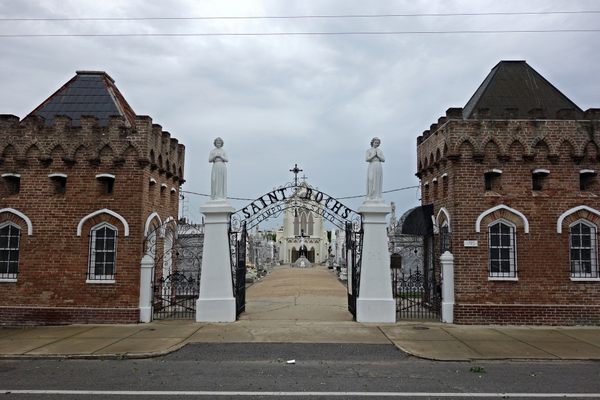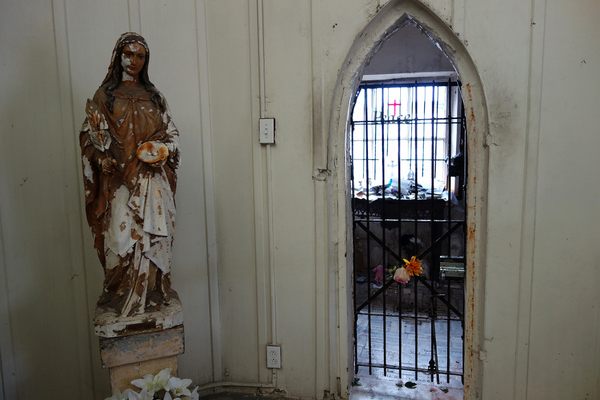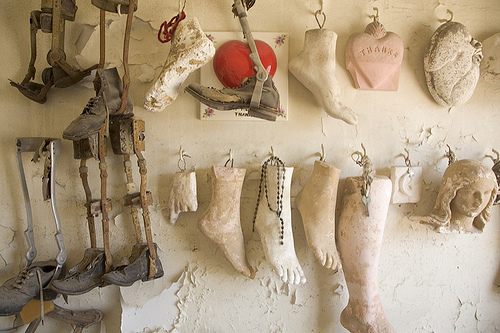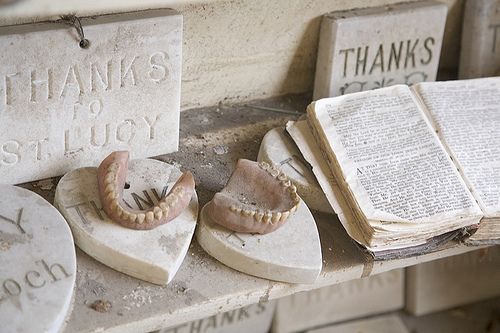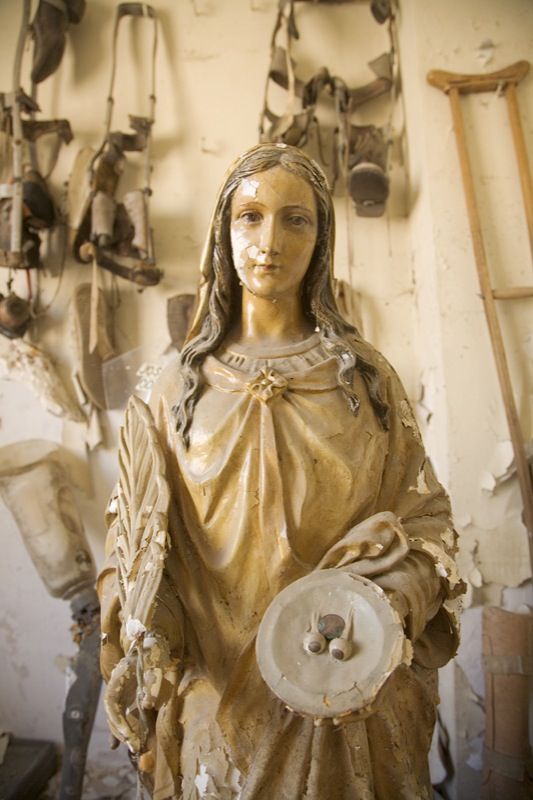About
Beginning in 1817, a wave of yellow fever struck the gulf coast, taking more than 40,000 lives in half a century just in New Orleans alone.
In 1867, during a desperate attempt to protect his parish members from the scourge, Reverend Peter Thevis decided to dedicate his prayers to Saint Roch, Patron Saint of Good Health.
Born circa 1348, Saint Roch ministered to plague victims, and was said to have saved many lives from the pestilence. His legend grew after he himself contracted the black death in Piacenza, Italy and was banished from the parish. He went into hiding in the nearby forest, where a dog that belonged to a local noble frequently visited him and took to bringing him bread to sustain him. According to the tale, the dog licked his wounds and healed him, after which the nobleman discovered him and became a disciple.
Reverend Thevis' community miraculously suffered no losses during the yellow fever epidemic, and on September 6, 1875, St. Roch Cemetery No. 1 was dedicated and the cornerstone of the Gothic-style St. Roch Chapel was laid, in honor of Saint Roch's intercession.
The locals continued to revere Saint Roch for graces of welfare and remission. For decades, believers have been leaving their polio braces, glass eyes, dental plates and other parts of their prosthetic selves (as well as a few less obviously meaningful objects like a can of corn, keys, and a small Ronald McDonald doll) when their health was recovered.
The resulting bric-a-brac of anatomical ex votos, vintage medical artifacts and religious iconography has made the Saint Roch Shrine one of the most unusual in America.
Update February 2020: the chapel is closed due to termite damage and structural issues. Restoration efforts, led by New Orleans Catholic Cemeteries, are currently underway.
Related Tags
Community Contributors
Added By
Published
January 29, 2013

